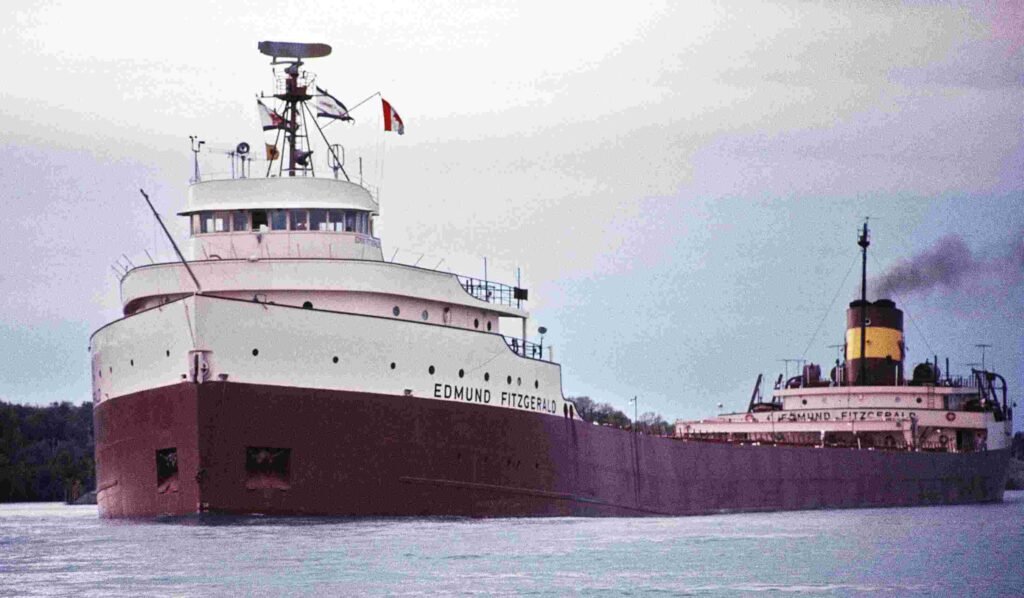Here’s how the Canadian singer-songwriter Gordon Lightfoot became inextricably linked to the tragic sinking of the SS Edmund Fitzgerald — and why that connection matters.

The tragedy of the Edmund Fitzgerald
On 10 November 1975, the freighter SS Edmund Fitzgerald sank in Lake Superior during a violent storm, taking 29 crew members with it. The disaster was widely reported and shocked the Great Lakes shipping community.
How Gordon Lightfoot responded
About a year later, in August 1976, Lightfoot released the song The Wreck of the Edmund Fitzgerald, a seven-verse ballad that recounted the basic facts of the sinking, the storm, the crew, and the loss.
He was inspired after reading about the wreck — particularly a Newsweek article from 24 November 1975. In his own words, the song was something he was “most proud of.”
The connection in detail: what he got right—and what he took artistic licence with
- Lightfoot drew many factual details from reports: the ship’s size, the storm (“the witch of November” winds), the ore-load, captains, etc.
- But he also made some changes for lyrical impact: for example, the song says the ship’s destination was Cleveland, when in fact the Edmund Fitzgerald was bound for Detroit.
- He changed some lyrics later: e.g., the original line “At 7 p.m., a main hatchway caved in” was changed in live performance to “At 7 p.m., it grew dark…” after further evidence and at the request of some crew families.
Why the connection matters — Lightfoot’s role in memory and culture
- Without his song, many believe the Edmund Fitzgerald disaster might not be as well known outside Great Lakes maritime circles.
- Lightfoot developed a relationship with the families of the lost crew members — writing back letters, visiting memorials, and being present at commemorations.
- He kept the memory alive personally — his home reportedly filled with models, paintings and memorabilia of the Fitzgerald. His widow stated the disaster “was always present” in his mind.
- The song became a kind of cultural tribute: people still listen to it, it appears in documentaries and memorials, and it anchors the story of the shipwreck in popular culture.
Gordon Lightfoot’s connection to the Edmund Fitzgerald lies in the way he heard, translated, and preserved a fleeting tragedy into a lasting cultural landmark. His ballad did more than tell a story: it ensured those 29 men, their ship, and the forces of nature that claimed them wouldn’t fade from view.